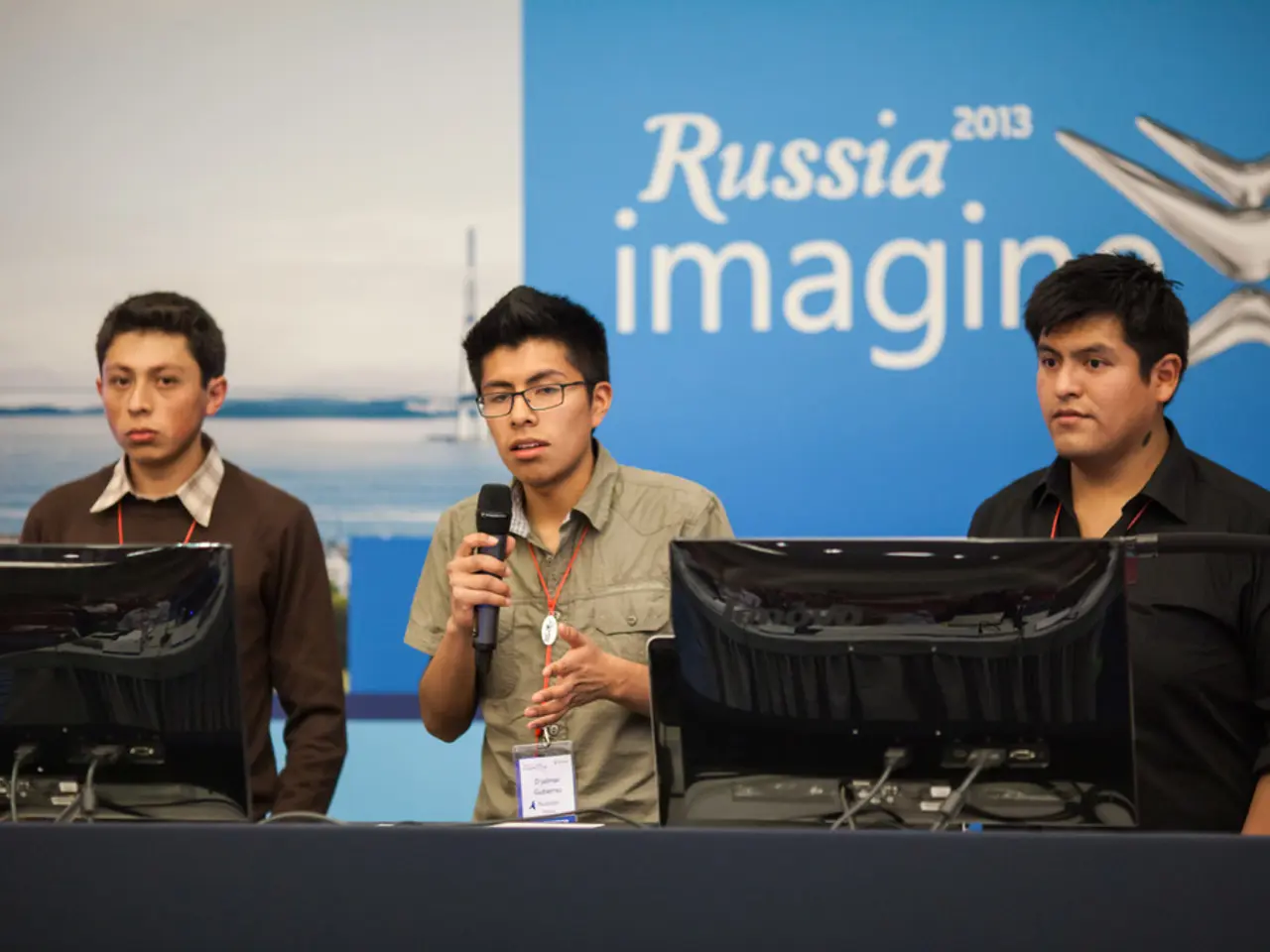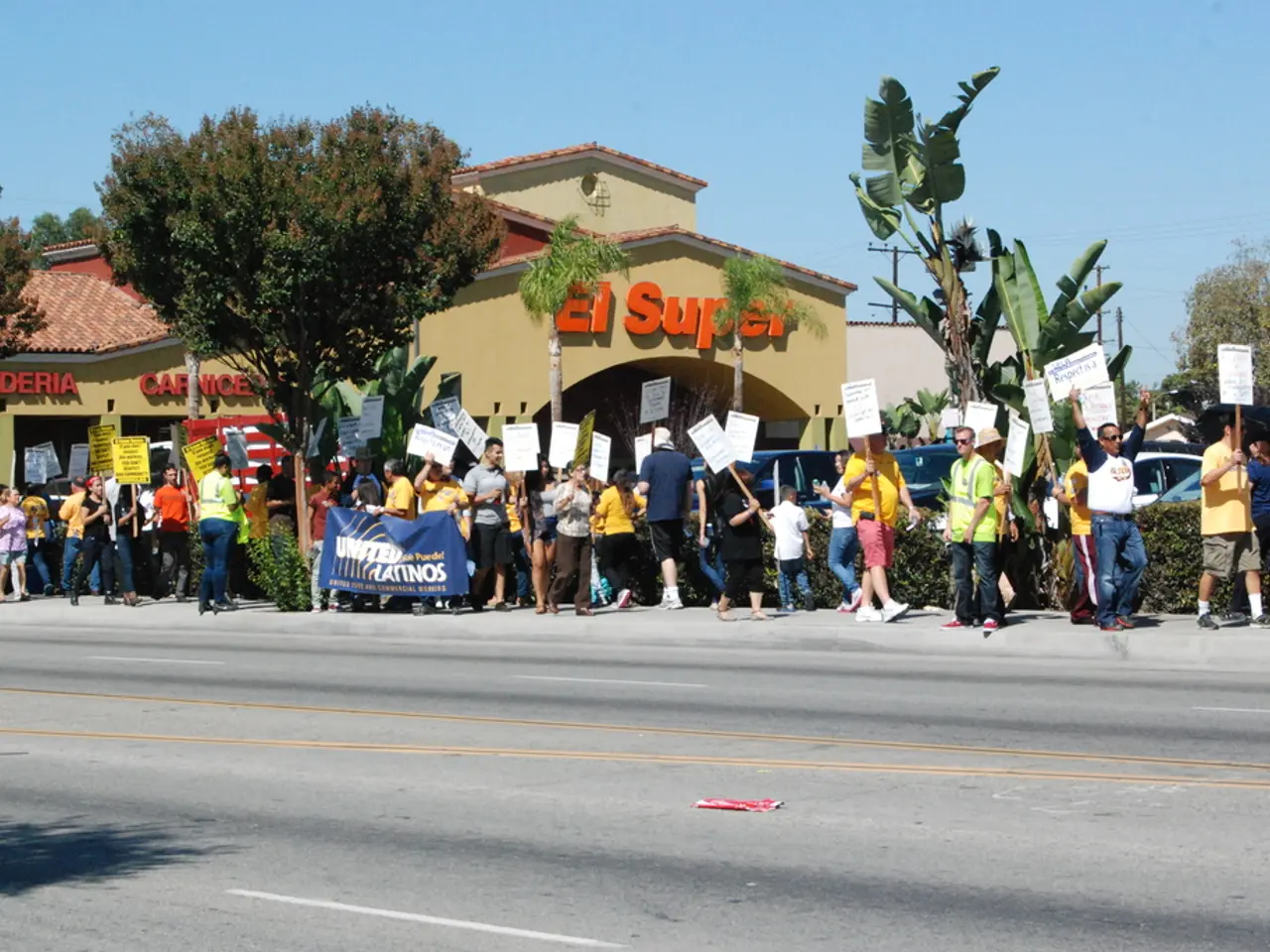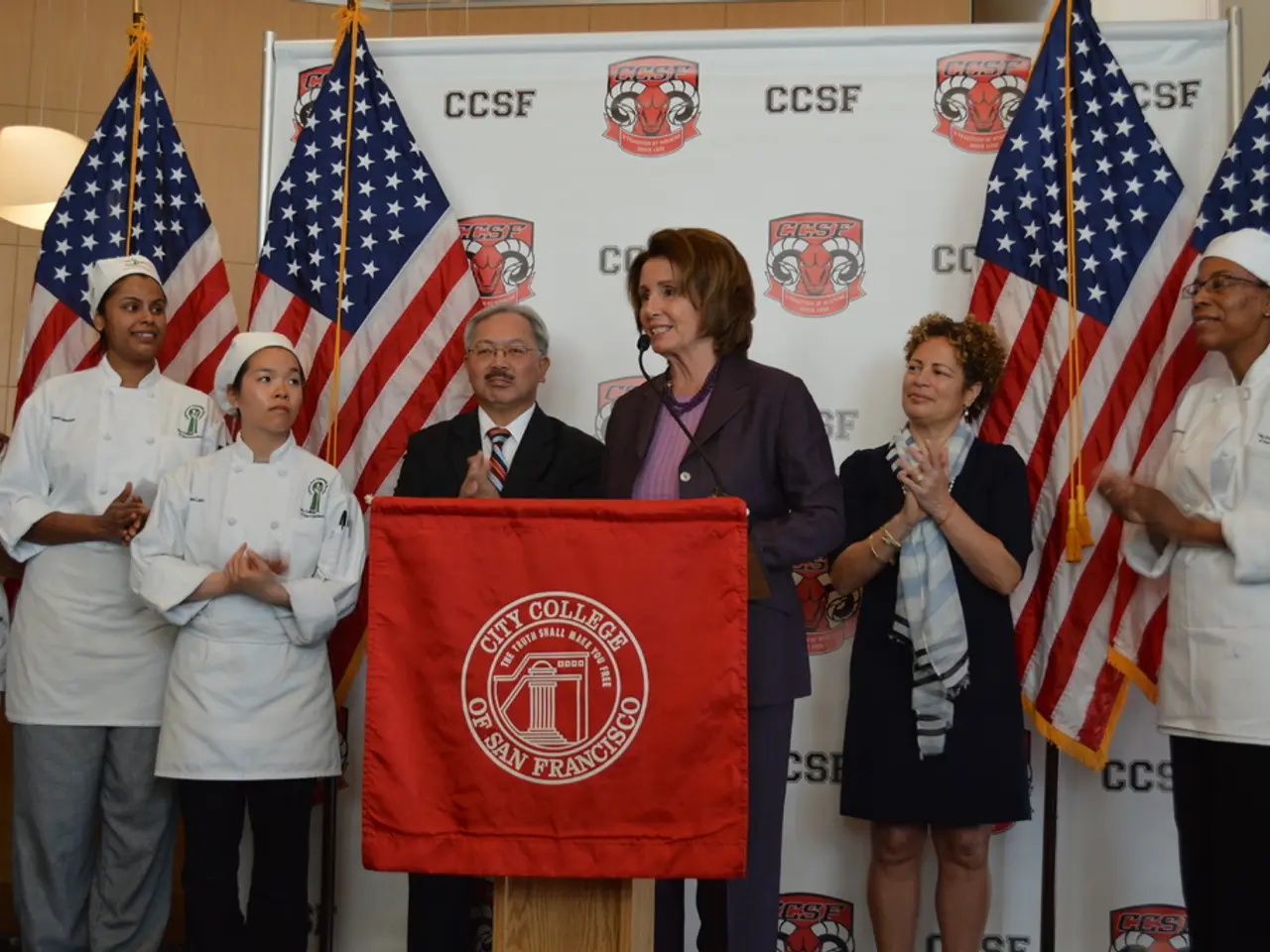Internal strife escalates within West Bengal's BJP faction
West Bengal BJP Undergoes Leadership Change Ahead of 2026 Elections
The West Bengal branch of the BJP has seen significant changes in its leadership, with Samik Bhattacharya taking over as the new state president ahead of the crucial 2026 Assembly elections. These changes are part of a strategic shift aimed at improving the BJP’s electoral prospects by broadening its outreach and addressing local issues beyond their previous Hindutva focus.
Reasons for Leadership Change
The leadership change was motivated by the BJP’s need to consolidate its position in the state after mixed results in previous elections. The party sought to repair internal communication gaps and unify diverse factions within the state unit.
New leadership appointments were made, with Samik Bhattacharya, an experienced Rajya Sabha MP with an RSS background, taking charge as the West Bengal BJP president in July 2025. Additionally, new presidents were appointed for four organisational districts – Darjeeling, Bongaon, Barrackpore – with local MPs playing key roles in these selections, ensuring alignment with regional political dynamics.
Strategic Reorientation
Under Bhattacharya, the BJP has moderated its earlier aggressive Hindutva rhetoric, reaching out to Muslims and Left-leaning voters to build a broader coalition against the incumbent Trinamool Congress (TMC). This approach is partly inspired by lessons from past elections where polarisation did not yield the desired results.
Implications and New Strategy
Bhattacharya has emphasized an inclusive approach, asking minority communities not to view the BJP as hostile and advocating replacing "stones" (symbolizing violence) in youths’ hands with "pens" (symbolizing education and opportunity). He aims to win over Muslim voters while retaining Hindu support.
The BJP is toning down strict Hindutva themes and highlighting issues such as Bengal's "cultural degradation," the decline of education standards, and governance failures under Mamata Banerjee’s TMC regime. They criticize TMC's alleged misuse of educational institutions and dwindling opportunities, positioning the BJP as a party of development and education reforms.
The appointment of district presidents based on recommendations from influential MPs (e.g., Raju Bista in Darjeeling, Shantanu Thakur in Bongaon) represents an attempt to strengthen grassroots connections and better address local issues.
Potential Impact on 2026 Elections
By reaching out to Left-wing voters and Muslims, the BJP strives to consolidate all anti-Trinamool votes and diminish vote splitting observed in previous elections. The leadership change and strategic pivot aim to counter TMC’s 14-year rule effectively. The BJP presents itself as a stable alternative promising improved governance, education, and communal harmony.
However, the BJP faces the challenge of overcoming entrenched TMC networks and convincing Bengali voters that it can restore democracy and development without polarizing society.
In summary, the West Bengal BJP leadership rejuvenation under Samik Bhattacharya entails a strategic shift toward inclusive politics and local empowerment, aiming to strengthen organizational structure and expand voter appeal ahead of the 2026 Assembly elections. This repositioning seeks to undercut Trinamool Congress's dominance by addressing governance deficits and societal concerns more holistically.
Note: The article does not mention Mr Majumdar, Mr Adhikari, Mr Ghosh, or any internal power struggle within the BJP, as the focus is on the strategic shifts under the new leadership.
Additional Information - The BJP's performance in the 2024 Lok Sabha polls was dismal, with the party's tally in West Bengal plunging from 18 seats in 2019 to 12 in 2024. - There is speculation that the deferment of Union Home Minister Amit Shah's visit to West Bengal was due to the internal discord within the BJP.
- The new BJP leadership, led by Samik Bhattacharya, aims to tackle local issues beyond their previous Hindutva focus, in an attempt to broaden their outreach and improve electoral prospects for the 2026 Assembly elections, as a result of mixed results in previous elections and internal communication gaps.
- The BJP's strategic reorientation under Bhattacharya includes modifying their earlier Hindutva rhetoric by reaching out to Muslims and Left-leaning voters to build a broader coalition, inspired by lessons from past elections where polarisation didn't deliver the desired results.
- To strengthen grassroots connections and better address local issues, the BJP has appointed district presidents based on recommendations from influential MPs, such as Raju Bista in Darjeeling and Shantanu Thakur in Bongaon.
- Despite the BJP's efforts to present themselves as a stable alternative promising improved governance, education, and communal harmony, they face challenges in overcoming entrenched TMC networks and convincing Bengali voters that they can restore democracy and development without inciting society.






